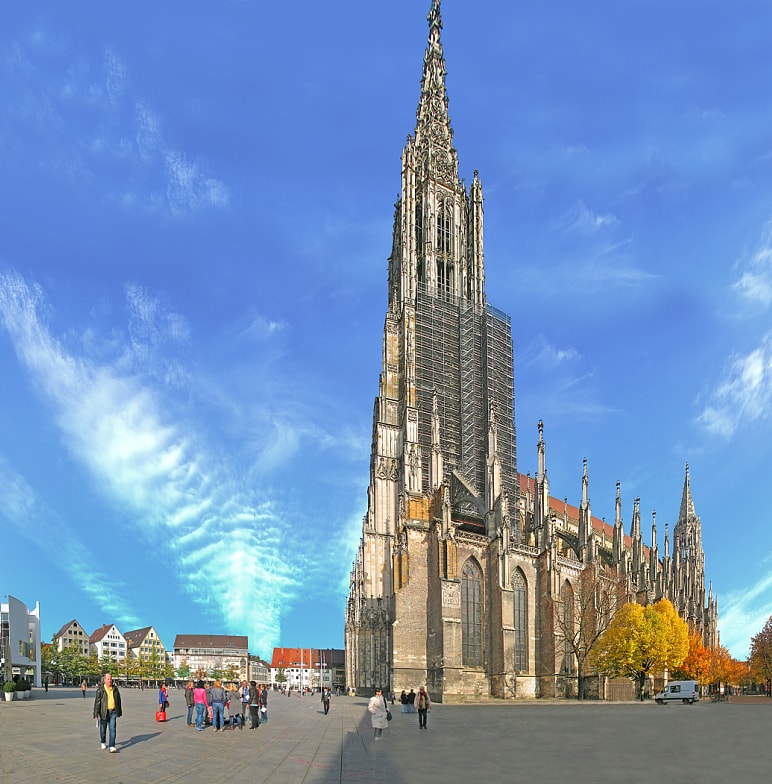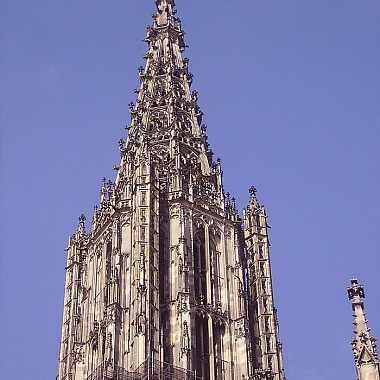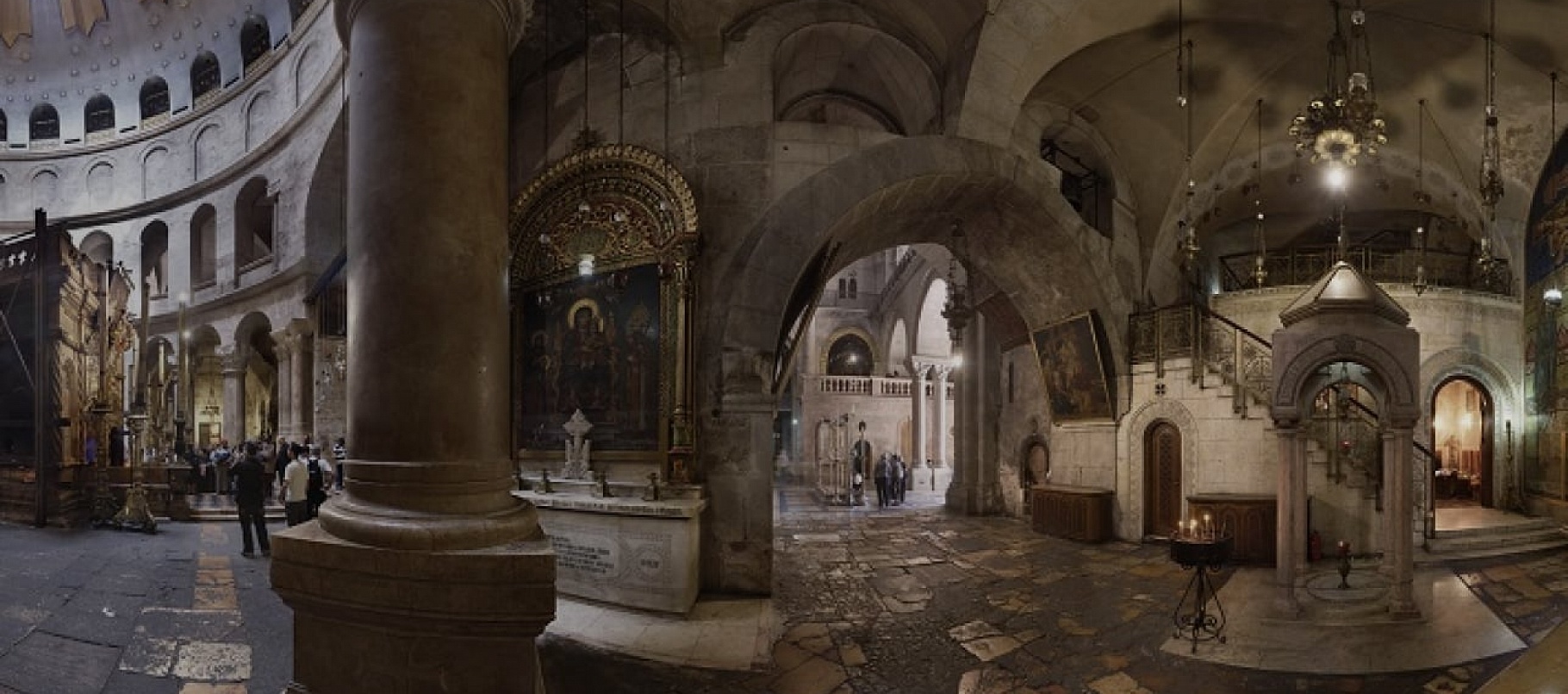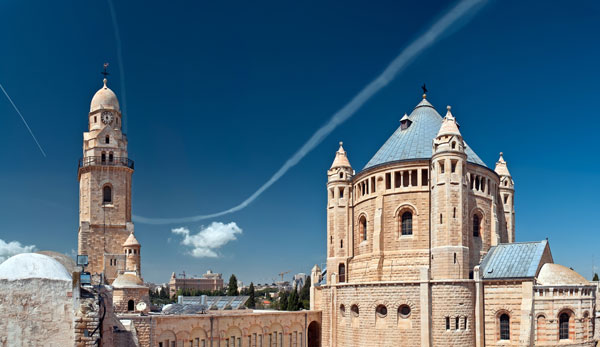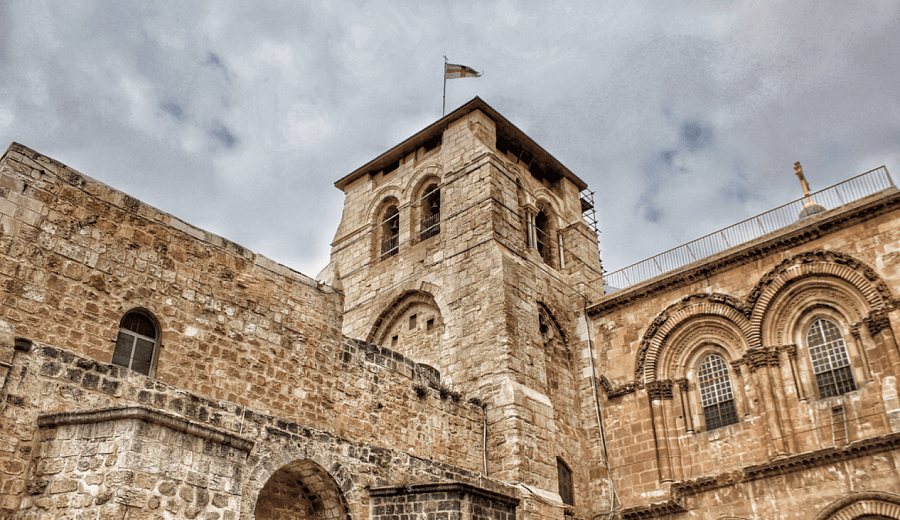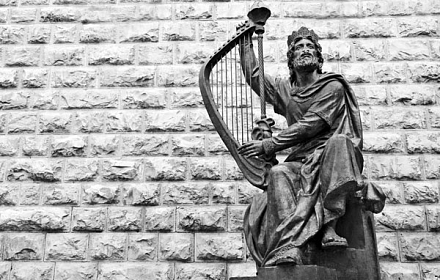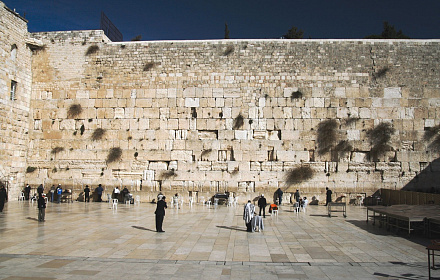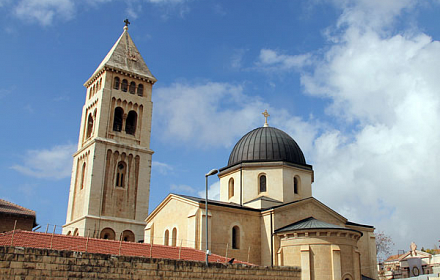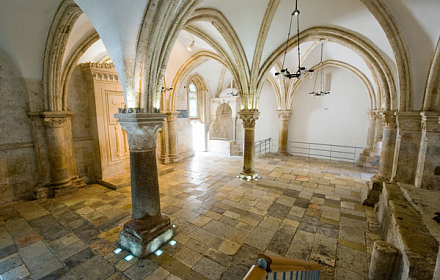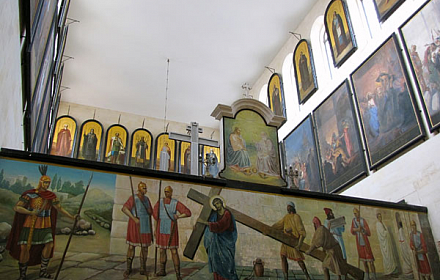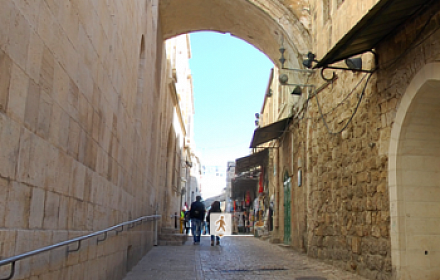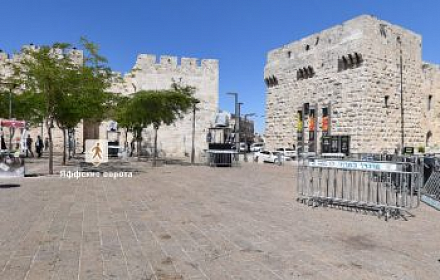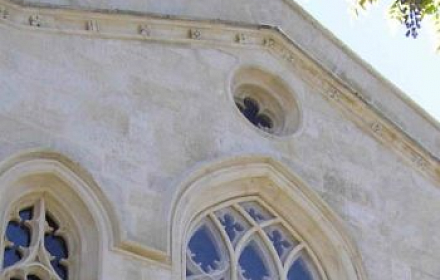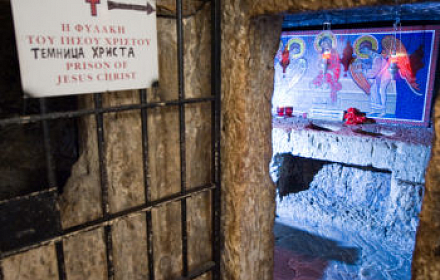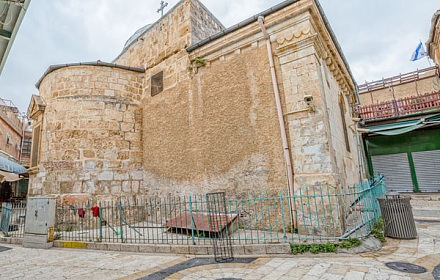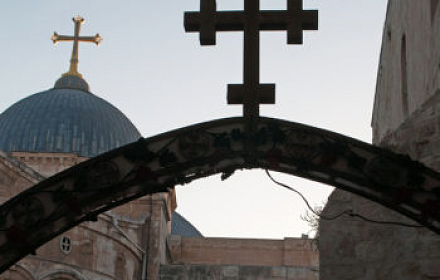Ulm Cathedral (Ulmer Munster) in Germany
About object
The Lutheran Church in the German city of Ulm is considered the tallest Christian church in the world. The height of Ulmer Munster, as the cathedral is called at home, is 161.5 meters. The construction of this magnificent structure to the glory of the Lord God lasted more than 500 years - from 1377 to 1890!
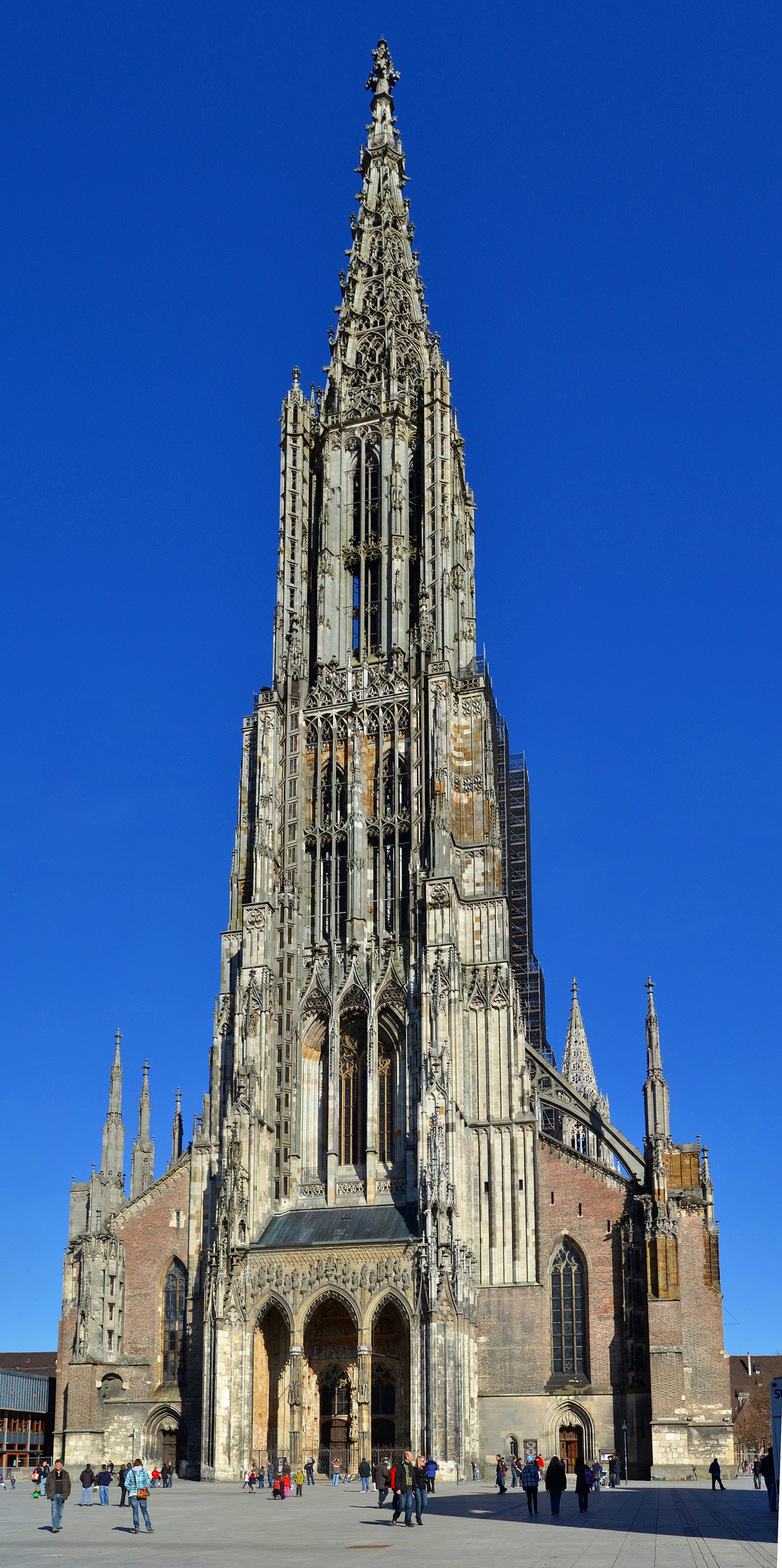 This grandiose church on Munsterplatz is called the cathedral solely because of its grandiose size. Formally, the seat of the bishop of the Evangelical Land Church of Württemberg is not in Ulm, but in Stuttgart. But the beauty and scope of Ulm Cathedral are so impressive that it never occurs to anyone to call it simply a church.
This grandiose church on Munsterplatz is called the cathedral solely because of its grandiose size. Formally, the seat of the bishop of the Evangelical Land Church of Württemberg is not in Ulm, but in Stuttgart. But the beauty and scope of Ulm Cathedral are so impressive that it never occurs to anyone to call it simply a church.
Originally, the three-aisled Gothic cathedral in Ulm was built as a Catholic - and it became Protestant after the Reformation.
The old church in medieval Ulm stood outside the city walls, under the jurisdiction of the Reichenau monastery. For this reason, during sieges and other hostilities, the townspeople were cut off from the temple - at the very time when the urgent need for many was to pray. This happened, for example, in 1376, when Ulm was besieged by the troops of King Charles IV. For this reason, in the following year 1377, the inhabitants of the city, striving for independence, with the population of ten thousand laid the foundation for the cathedral, the construction of which was carried out with donations from wealthy families or guilds of craftsmen.
Initially, the construction of the temple was carried out according to the project of Heinrich Parler. According to him, the cathedral was supposed to have two equal-sized naves, one tower on the west side and two more on the choir side. Parler began construction - however, over the next century and a half, six more architects worked in succession on the construction of the cathedral, each of whom made changes to the original project.
This gave the cathedral a third nave. And the main tower, according to the plan of Ulrich Oenzingen (who previously built the cathedral in Strasbourg), was supposed to reach a mark of one and a half hundred meters. However, in 1543, due to interruptions in funding and the beginning of the Reformation, construction was suspended. By that time, the main tower was one hundred meters high, and the other two, from the choir side, were 32 meters high.
Construction resumed only three centuries later. In 1844, the structure of the building was strengthened, at last the unfinished towers behind the choir were completed, and then, in 1890, they began to complete the construction of the main tower. Ten years later, its height at the top of the spire reached 161.5 meters and remains so to this day. This is the tallest bell tower in the world, and anyone can climb its observation deck, located at a height of 143 meters, overcoming 768 steps. From here you can see not only the city with its surroundings, but in good weather even the Alpine mountains in the distance.
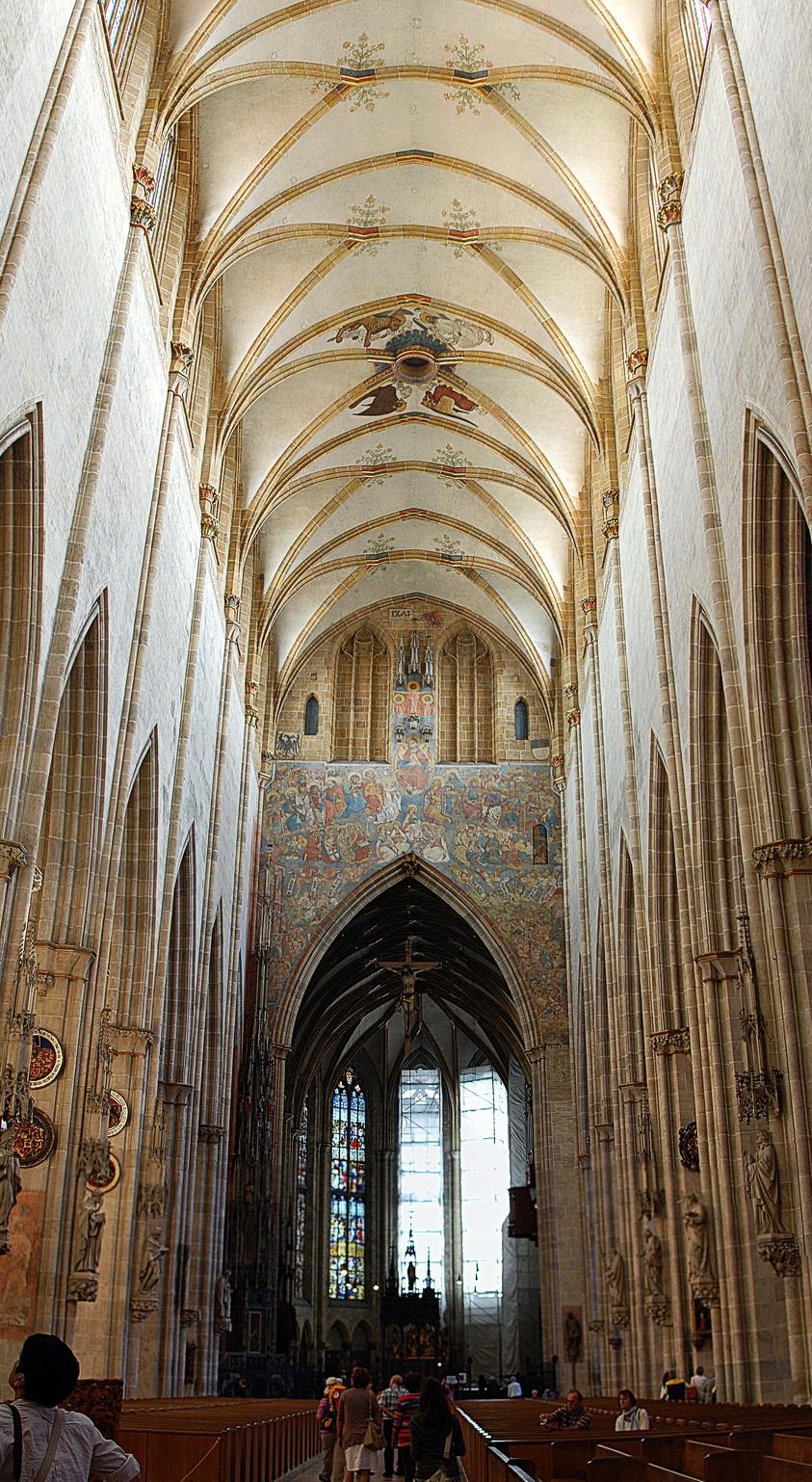 The two towers on the choir side are 86 meters high. Ulm Cathedral is 123 meters long and 49 meters wide. The height of the main nave Ulmer Munster, ending in an apse, is 41.5 meters, the height of the side naves is 20.5 meters each. The cathedral, inside which benches are placed, can simultaneously accommodate up to 20,000 worshipers!
The two towers on the choir side are 86 meters high. Ulm Cathedral is 123 meters long and 49 meters wide. The height of the main nave Ulmer Munster, ending in an apse, is 41.5 meters, the height of the side naves is 20.5 meters each. The cathedral, inside which benches are placed, can simultaneously accommodate up to 20,000 worshipers!
The western portal of the cathedral has a tympanum with images of the Creation of the world. In the corners of the tympanum, the theme of the Last Judgment is also traced, which is characteristic of the decorations usually placed in this place. It is interesting that on one of the bas-reliefs the Lord holds the earth in his hands in the form of a ball. Jesus Christ in a crown of thorns is depicted on the middle column of the portal. This is a copy of the work of the sculptor Hans Mulcher - its original (1429) can be seen inside the cathedral, at the southwestern pillar of the choirs. The columns at the entrance to the cathedral are decorated with figures of the Blessed Virgin Mary with the Infant God in her arms, John the Baptist with a lamb, St. Anthony with a bell and St. Martin with a sword.
The much smaller northwest Portal of Mary (kleinen Marienportal) draws attention to the theme of the Nativity of the Savior and the adoration of the Magi. His tipman, made in 1356, was once located in the old church of Ulm - the one that stood outside the city walls. The northeastern portal of the cathedral - the so-called Reformationsportal - dates back to 1370 and is dedicated to the Passion of Christ. The southeast portal (1360), also relocated from the old Ulm Church, contains scenes of the Last Judgment. On the southwest side is the Great Portal of the Virgin Mary - gro? E Marienportal - which was originally conceived as the main one; his tympanum, made in 1380, includes scenes from the life of the Theotokos. The bas-reliefs below are dedicated to Christmas, the journey of the Magi and their adoration of the Christ Child.
The interior of the cathedral is decorated with Gothic stained glass windows. Six of the nine original stained glass windows have survived from the Middle Ages. The oldest of them, made in 1385 with funds from the Weavers Guild, depicts the Virgin Mary with Her mother, the righteous Anna - and also includes scenes of the Nativity and childhood of the One who brought salvation to the world.
Another stained glass window is located in the main span of the choirs and is dedicated to the Resurrection of Christ; it was created with funds from the city council (Ratsfenster) of the city of Ulm. Another stained glass image for the cathedral was commissioned by the merchants' guild (Kramerfenster) - it is a very realistic late Gothic (1480) nativity scene.
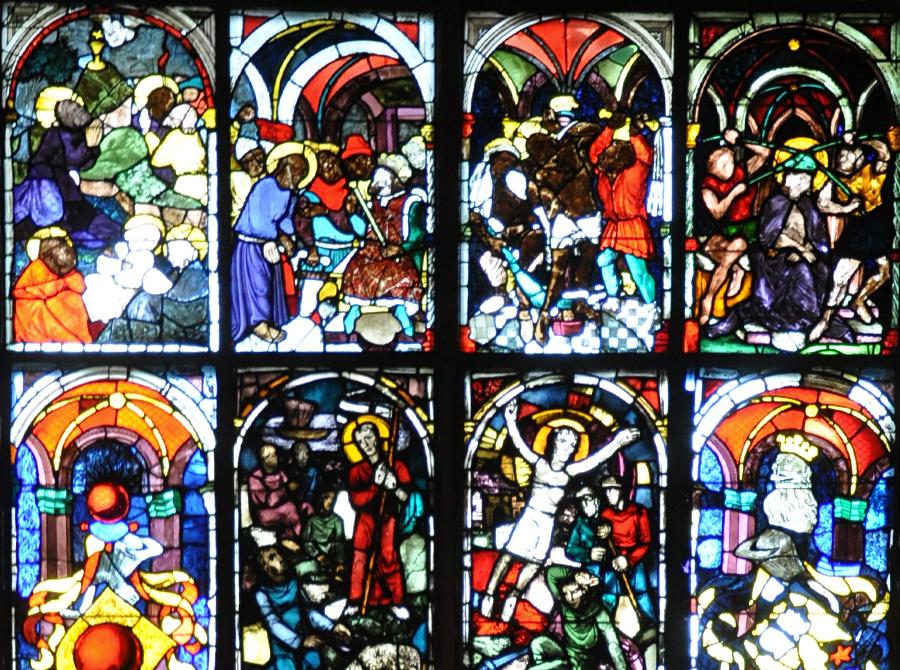 Unfortunately, the stained glass windows of the side aisles from the 19th century were lost during the Second World War. Two of them were later replaced with conventional clear glass. And instead of the other two, at the very beginning of this century, stained glass windows by our contemporary Johann Schreiter were installed. Apart from the broken stained glass windows, the cathedral was practically not damaged during the war years - while the rest of the historical part of the city of Ulm was badly destroyed by the bombing on December 17, 1944.
Unfortunately, the stained glass windows of the side aisles from the 19th century were lost during the Second World War. Two of them were later replaced with conventional clear glass. And instead of the other two, at the very beginning of this century, stained glass windows by our contemporary Johann Schreiter were installed. Apart from the broken stained glass windows, the cathedral was practically not damaged during the war years - while the rest of the historical part of the city of Ulm was badly destroyed by the bombing on December 17, 1944.
Wooden benches in dark oak, carved in the Gothic style by the master Jörg Zirlin in 1469-1474, can still be seen in the cathedral today. It is possible that they were intended for members of the city council when they attended services. On the left side of the benches, intended for women, the faces of ancient prophetesses - sibyls are carved; on the right, male side, there are images of ancient philosophers and writers. It was rumored that by creating the benches, the master carver in the image of the author of the Aeneid, Virgil, immortalized himself. By the way, in the main nave of the cathedral there is a 1510 pulpit by Jörg. Zirlin Jr. - the successor of the dynasty of eminent carvers.
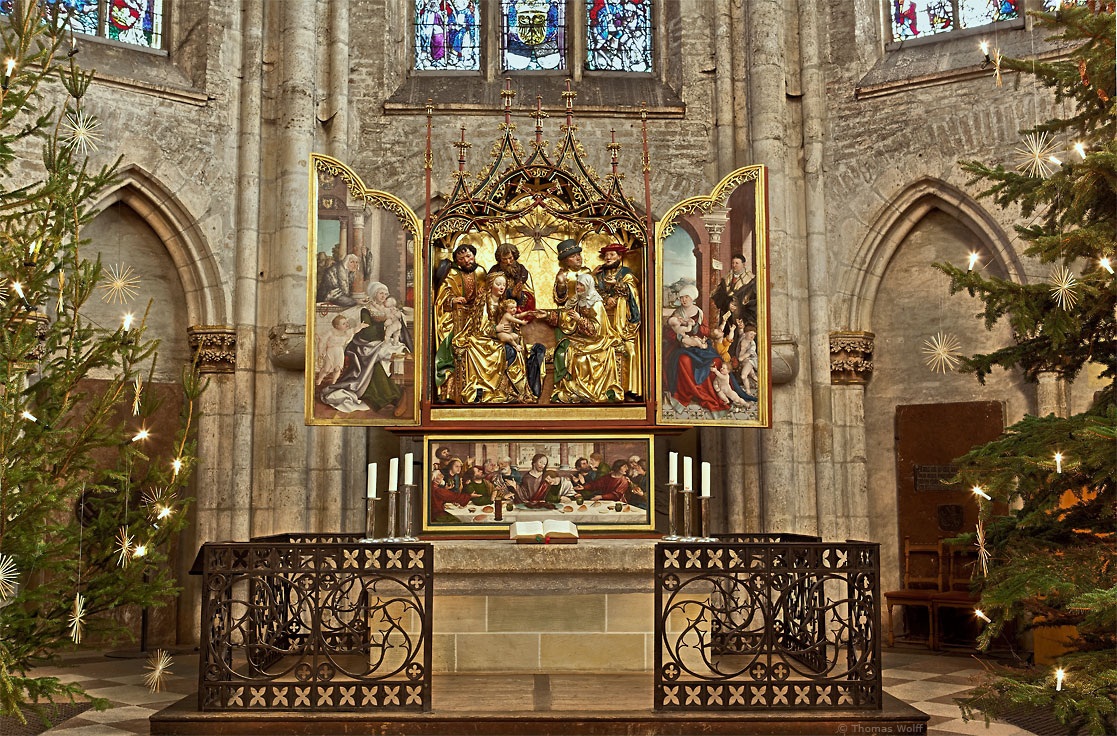 The central altar of the cathedral was created in 1521 by Martin Schaffner. Inside it you can see scenes depicting the Most Pure Virgin with Her mother, the righteous Anna, and the Christ Child - as well as the Last Supper. This altar is also called the Hutz altar - after the name of the main donor, a representative of the famous family in Ulm, who took upon himself the costs of creating this work of art.
The central altar of the cathedral was created in 1521 by Martin Schaffner. Inside it you can see scenes depicting the Most Pure Virgin with Her mother, the righteous Anna, and the Christ Child - as well as the Last Supper. This altar is also called the Hutz altar - after the name of the main donor, a representative of the famous family in Ulm, who took upon himself the costs of creating this work of art.
The main nave is separated from the lateral columns. In the 19th century, statues were installed on them at a height of three meters. But the consoles of the statues are of much earlier work: they belong to the XIV century. Angels with musical instruments, the maiden whose hair creates the bulk of the console - many of these architectural details are impressive examples of Gothic art.
In the south nave of the cathedral there is a bowl for holy water, made in 1507, decorated with an ornament of leaves. Interestingly, it has not been used for its intended purpose since the time of the Reformation - namely, since 1530. Here you can also see an octagonal baptismal font, made in 1474 and resting on four lions. The baptismal font stands under a canopy, which is decorated sculptural images of six Old Testament prophets and two kings - as well as the coats of arms of the Empire and the Electors.
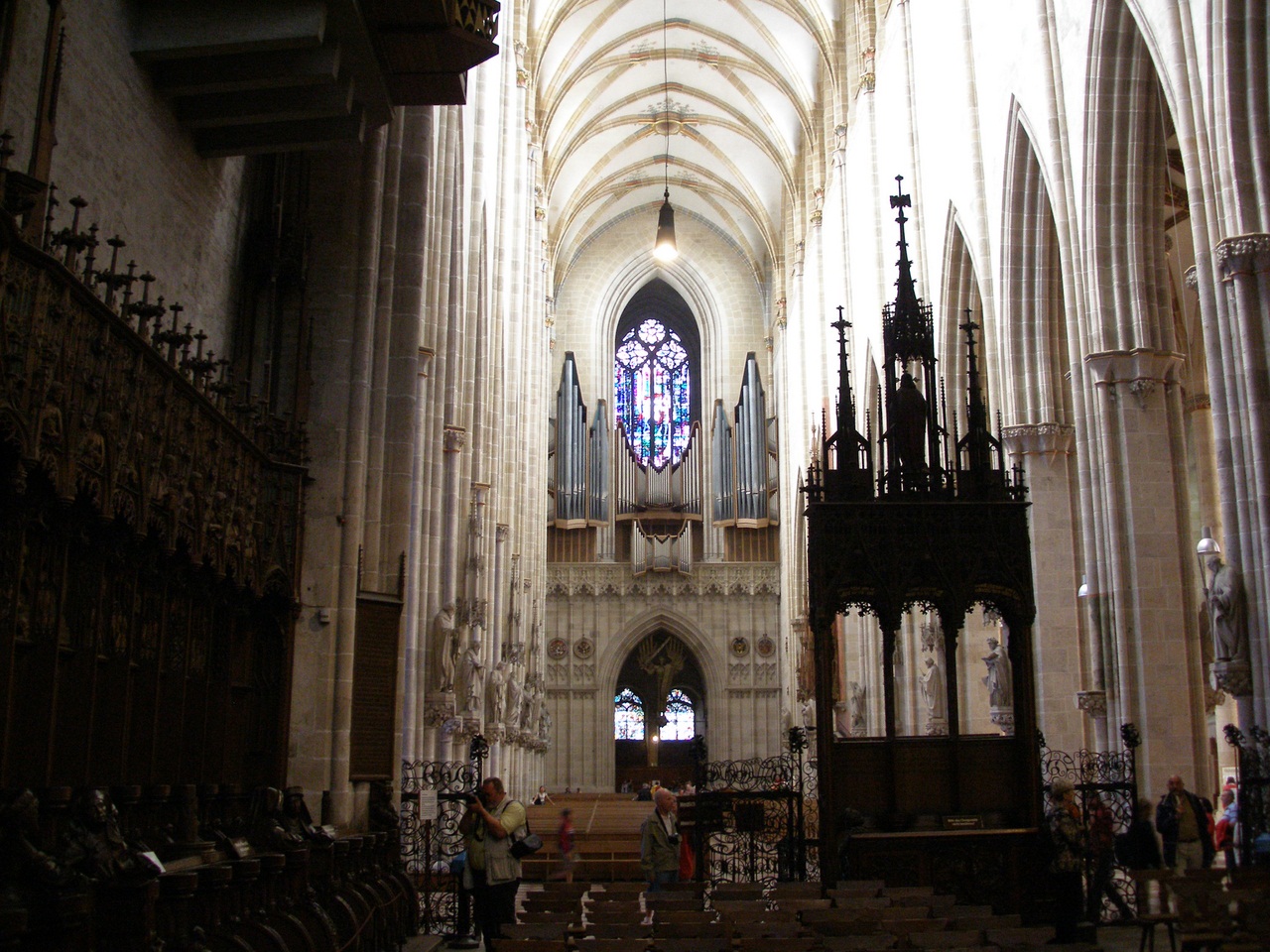 Under the choir arch of the cathedral there is a painting depicting the Last Judgment, including 130 figures. It was completed in 1471. The author of this large-scale painting is considered to be Hans Shukhlin.
Under the choir arch of the cathedral there is a painting depicting the Last Judgment, including 130 figures. It was completed in 1471. The author of this large-scale painting is considered to be Hans Shukhlin.
One cannot fail to mention the organs installed in the Ulm Cathedral. There are five of them in total. The largest of the instruments was installed in 1969. During the tourist season, organ music concerts are held in the cathedral on weekdays, which attract many people who want to experience the beauty.
Today Ulm Cathedral is the main attraction of this old German city and one of the most recognizable in all of Germany. At the same time, it is a functioning church that exists on the funds of the religious community. And, of course - on the income from tourism - who doesn't want to look at the Alps from the observation deck of the world's highest Christian church?
You can write a letter to God or light a candle in the temple .
